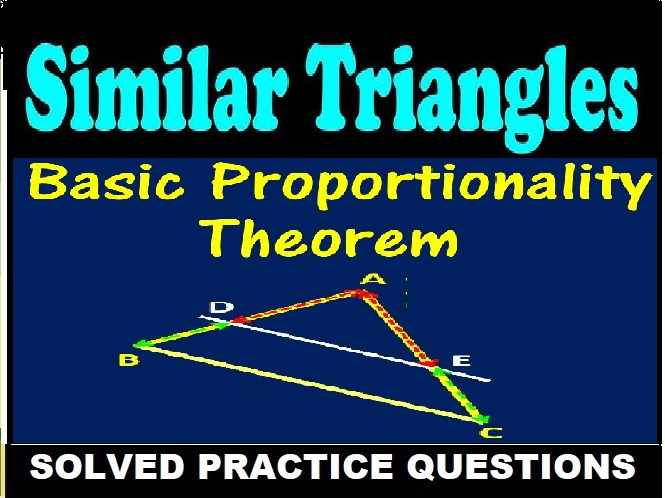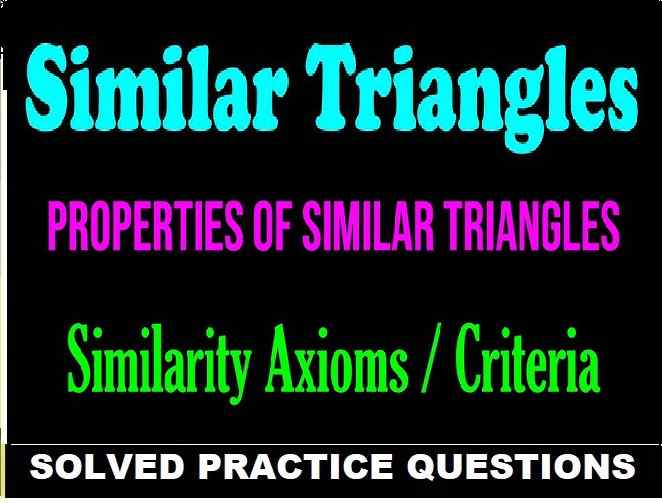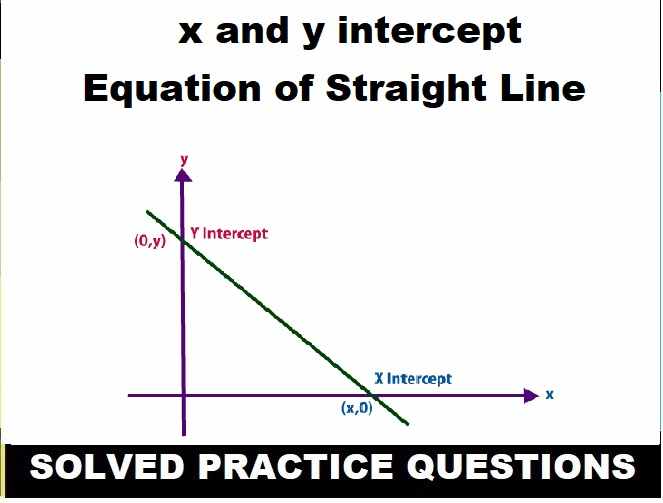OP Malhotra Statistics Introduction Data and Frequency Distribution Class-9 S.Chand ICSE Maths Chapter-14. We Provide Step by Step Answer of Exe-14 of S Chand OP Malhotra Maths . Visit official Website CISCE for detail information about ICSE Board Class-9.
OP Malhotra Statistics Introduction Data Class-9 S.Chand ICSE Maths Ch-14
-: Select Topics :-
Exercise-14
OP Malhotra Statistics Introduction Data Class-9 S.Chand ICSE Maths Ch-14
Introduction to Statistics :
A study dealing with the collection, presentation and interpretation and analysis of data is called as statistics.
Data :
- Facts /figures numerical or otherwise collected for a definite purpose is called as data.
- data collected first-hand data:- Primary
- Secondary data: Data collected from a source that already had data stored
Frequency :
The number of times a particular instance occurs is called frequency in statistics.
Ungrouped data :
Ungrouped data is data in its original or raw form. The observations are not classified in groups.
Grouped data :
In grouped data, observations are organized in groups.
Class Interval :
- The size of the class into which a particular data is divided.
- E.g divisions on a histogram or bar graph.
- Class width = upper class limit – lower class limit
Regular and Irregular class interval :
- Regular class interval: When the class intervals are equal or of the same sizes.
- E.g 0-10, 10-20, 20-30….. 90-100
- Irregular class interval: When the class intervals are of varying sizes.
- E.g 0-35, 35-45, 45-55, 55- 80, 80-90, 90-95, 95-100
Frequency table :
A frequency table or distribution shows the occurrence of a particular variable in a tabular form.
Sorting :
- Raw data needs to be sorted in order to carry out operations.-
- Sorting ⇒ ascending order or descending order
Ungrouped frequency table :
– When the frequency of each class interval is not arranged or organised in any manner.
Grouped frequency table :
– The frequencies of the corresponding class intervals are organised or arranged in a particular manner, either ascending or descending.
Midpoint of class interval :
The midpoint of the class interval is called a class mark
Class mark = (Upper limit + Lower limit)/2
Equality of areas :
Addition of two class intervals with zero frequency preceding the lowest class and succeeding the highest class intervals enables to equate the area of the frequency polygon to that of the histogram(Using congruent triangles.)
Average :
The average of a number of observations is the sum of the values of all the observations divided by the total number of observations.
Mode :
- The most frequently occurring observation is called the mode.
- The class interval with the highest frequency is the modal class
Median :
- Value of the middlemost observation.
- If n(number of observations) is odd, Median =[(n+1)/2]th observation.
- If n is even, the Median is the mean or average of (n/2)th and [(n+1)/2]th observation.
Exercise-14
OP Malhotra Statistics Introduction Data Class-9 S.Chand ICSE Maths Ch-14
Question-1
Fill in the blanks
(i) The difference between the maximum and minimum observations in a set of data is called the _____ of the data.
(ii) The number of observations in a particular class inte7rval is called the _____ of the class interval.
Answer-1
(i) Range
(ii) Frequency.
Question-2
(i) Lower limit of the class interval 26 – 33 is _______
(ii) Upper limit of the class interval 21 – 25 is ______
(iii) The class mark of the class interval 20 – 29 is ______
(iv) The class mark of the class interval 9.5 – 19.5 is ______
(v) If the class marks of a distribution are 32, 39, 46, 53; then the width of each class interval is _______
(vi) The mid – point of a class interval is called its ______
(vii) If the class marks of a distribution are 28, 34, 40, 46, 52, then the class interval are of length ________
(viii) If the class marks in a frequency distribution are 19.5, 26.5, 33.5, 40.5, 47.5, 54.5, 61.5, then the class size of the distribution is ________
Answer-2
(i) Lower limit of the class interval 26 – 33 is __26_____
(ii) Upper limit of the class interval 21 – 25 is __25____
(iii) The class mark of the class interval 20 – 29 is __ 24.5____
Class mark = ( 20 + 29) / 2
= 49 / 2
= 24.5
(iv) The class mark of the class interval 9.5 – 19.5 is __ 14.5____
Class mark= 9.5 + 19.5 / 2
= 29 / 2
= 14.5
(v) If the class marks of a distribution are 32, 39, 46, 53; then the width of each class interval is __7_____
(39 – 32) = (46 – 39) = (53 – 46)
(vi) The mid – point of a class interval is called its __Class mark____
(vii) If the class marks of a distribution are 28, 34, 40, 46, 52, then the class interval are of length ___6_____
6 = (34 – 28) = (40 – 34) = (46 – 40) = (52 – 46)
(viii) If the class marks in a frequency distribution are 19.5, 26.5, 33.5, 40.5, 47.5, 54.5, 61.5, then the class size of the distribution is __7______
Question-3
………………
…………………
Question-8
Given below are the ……………………………….. one of them being 150 – 160 (160 not included)
…………………
Question-9
Present the following ……………………….. one class being 40 – 49 .
………………………
Question-10
Thirty 16 year old boys ………………. a frequency table.
………………………….
— : End of Statistics Introduction Data and Frequency Distribution OP Malhotra S Chand Solutions :–
Return to :– OP Malhotra S Chand Solutions for ICSE Class-9 Maths
Thanks
Please Share with Your Friends


